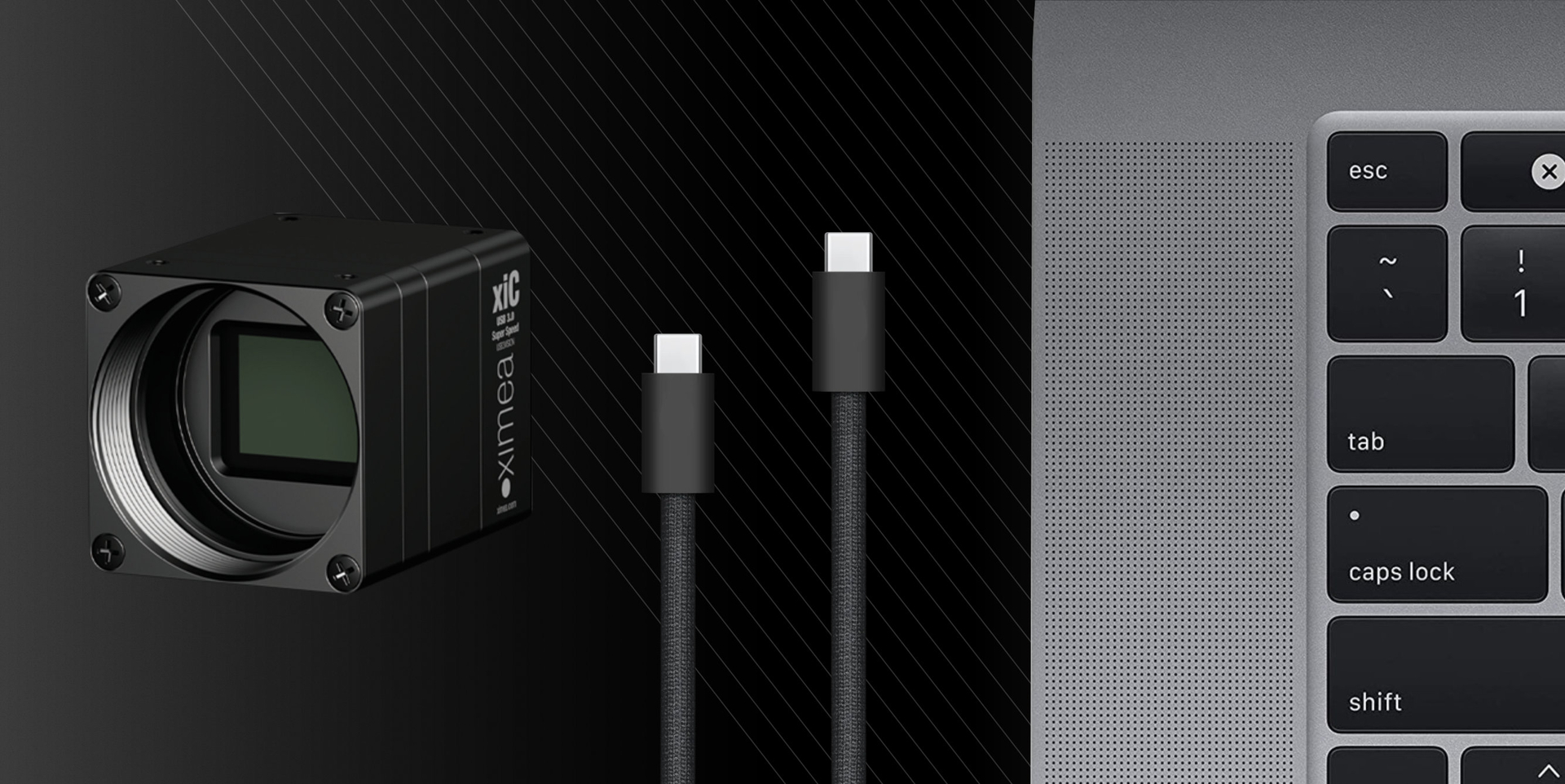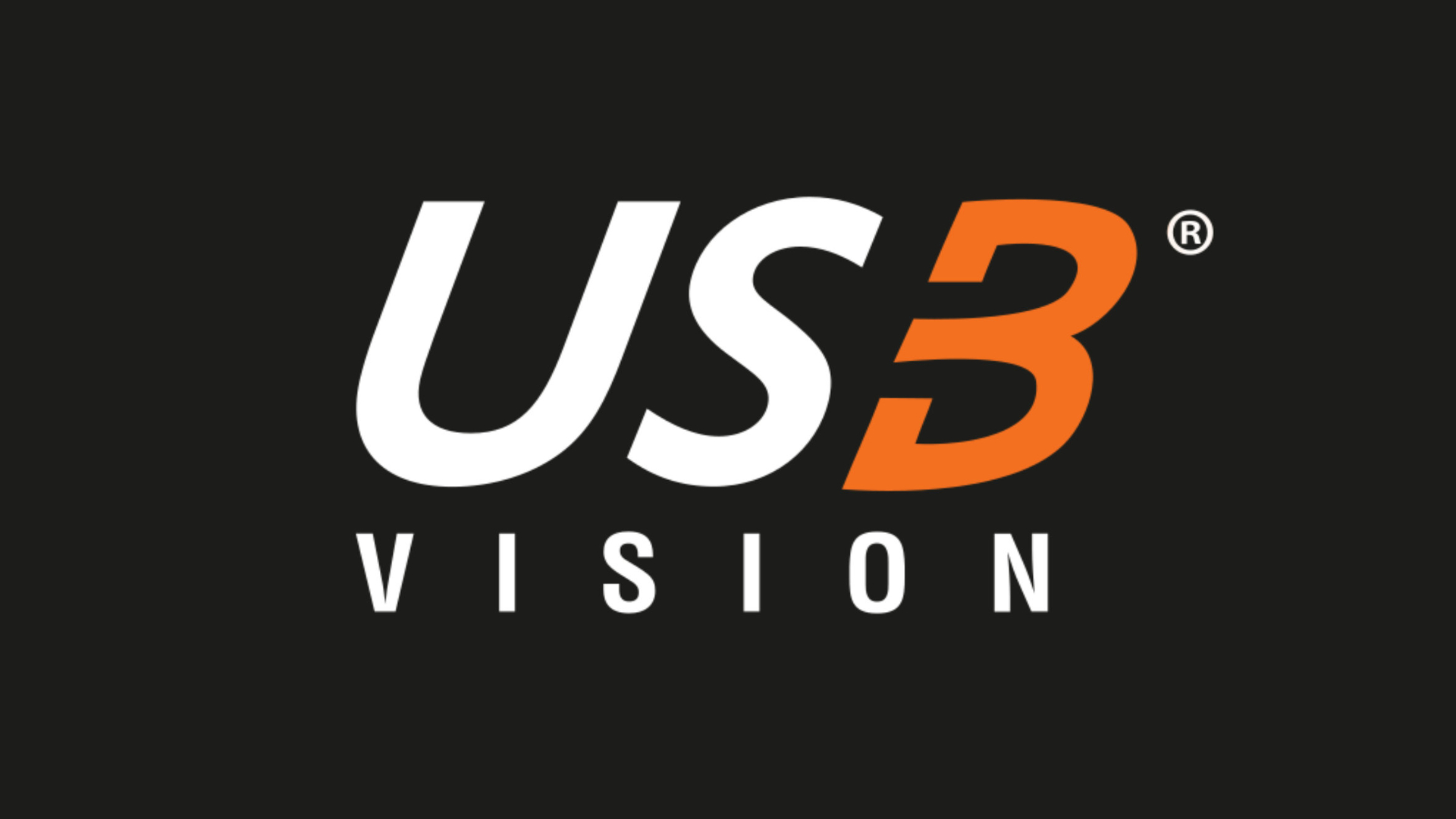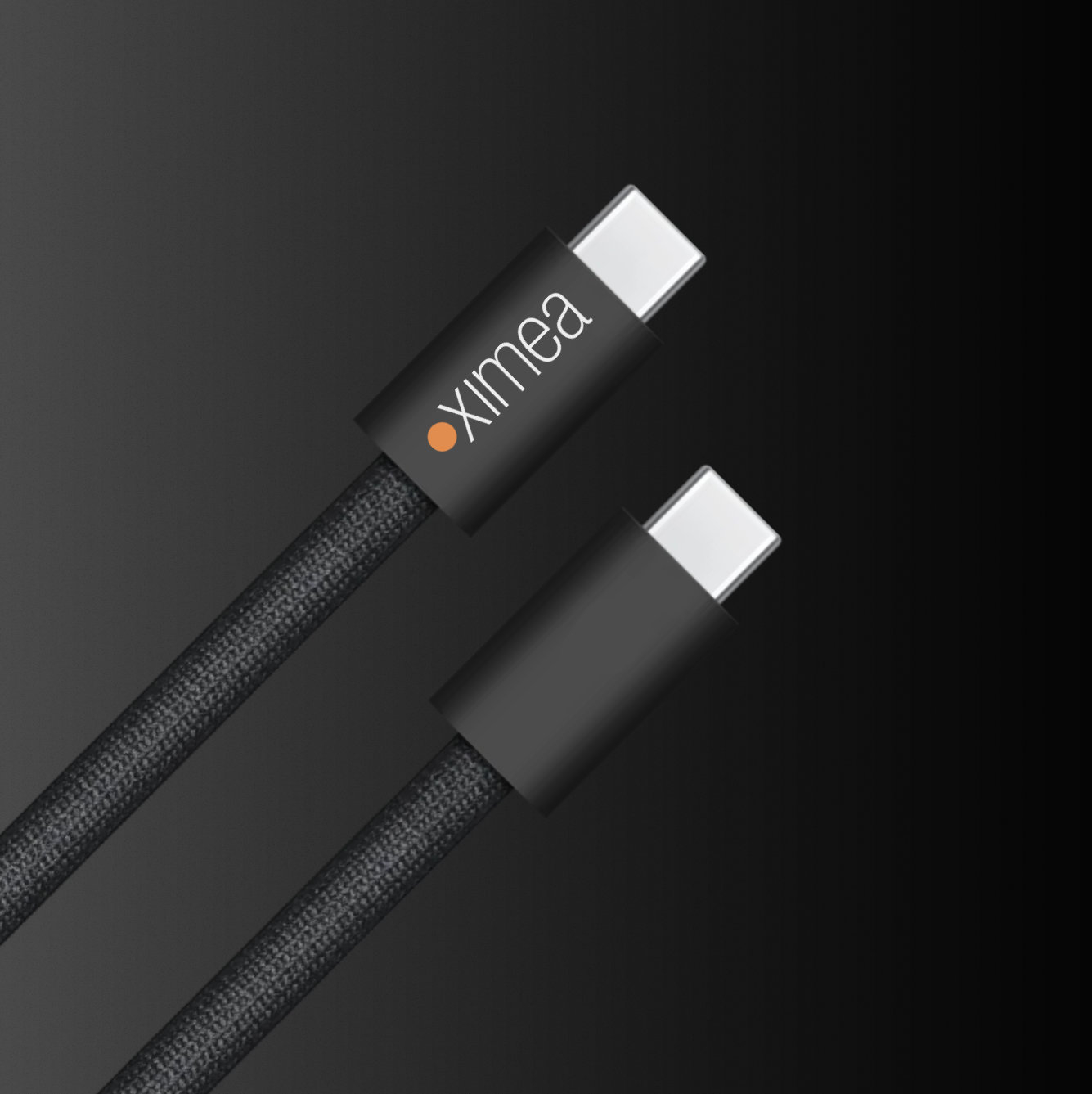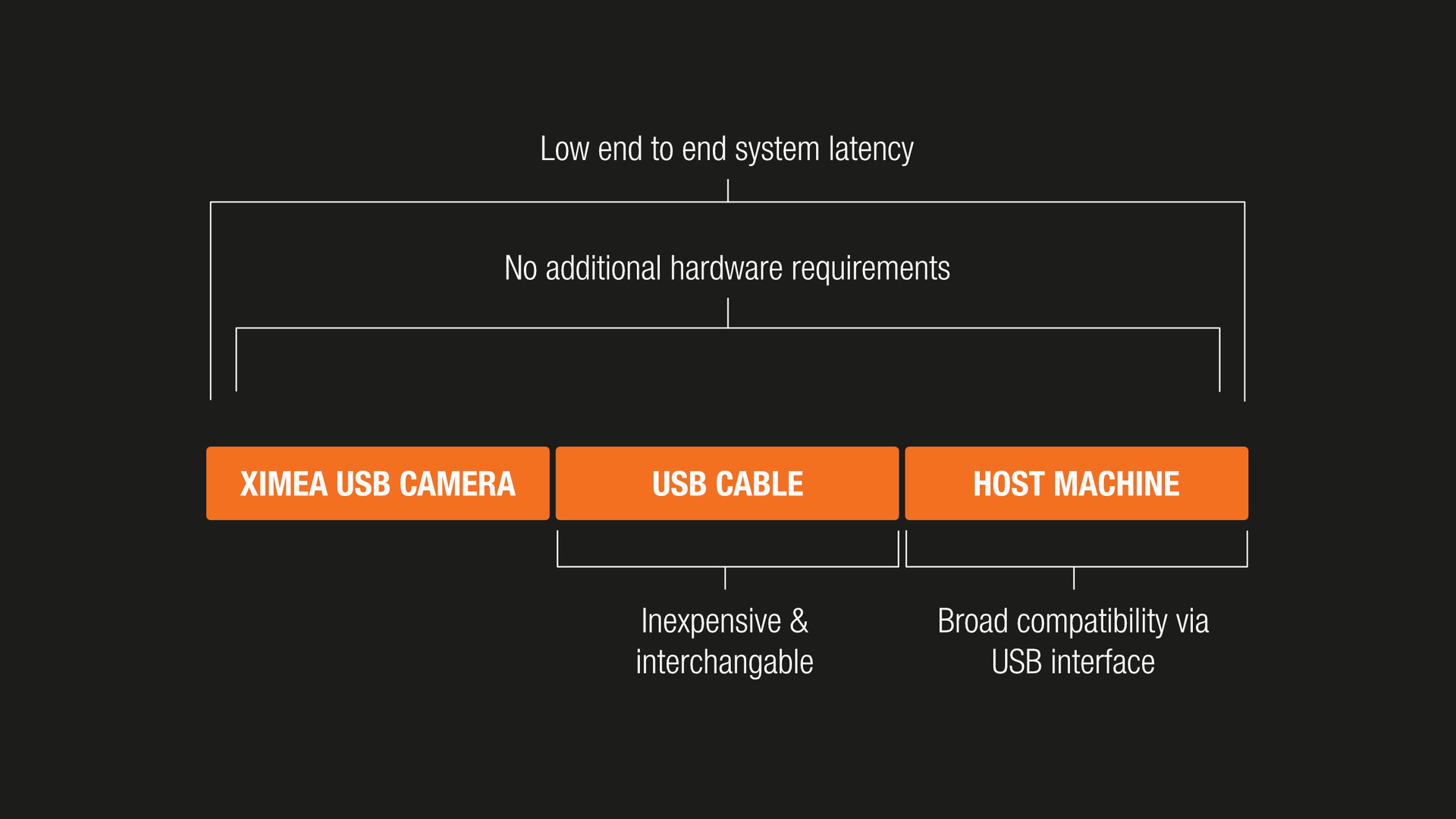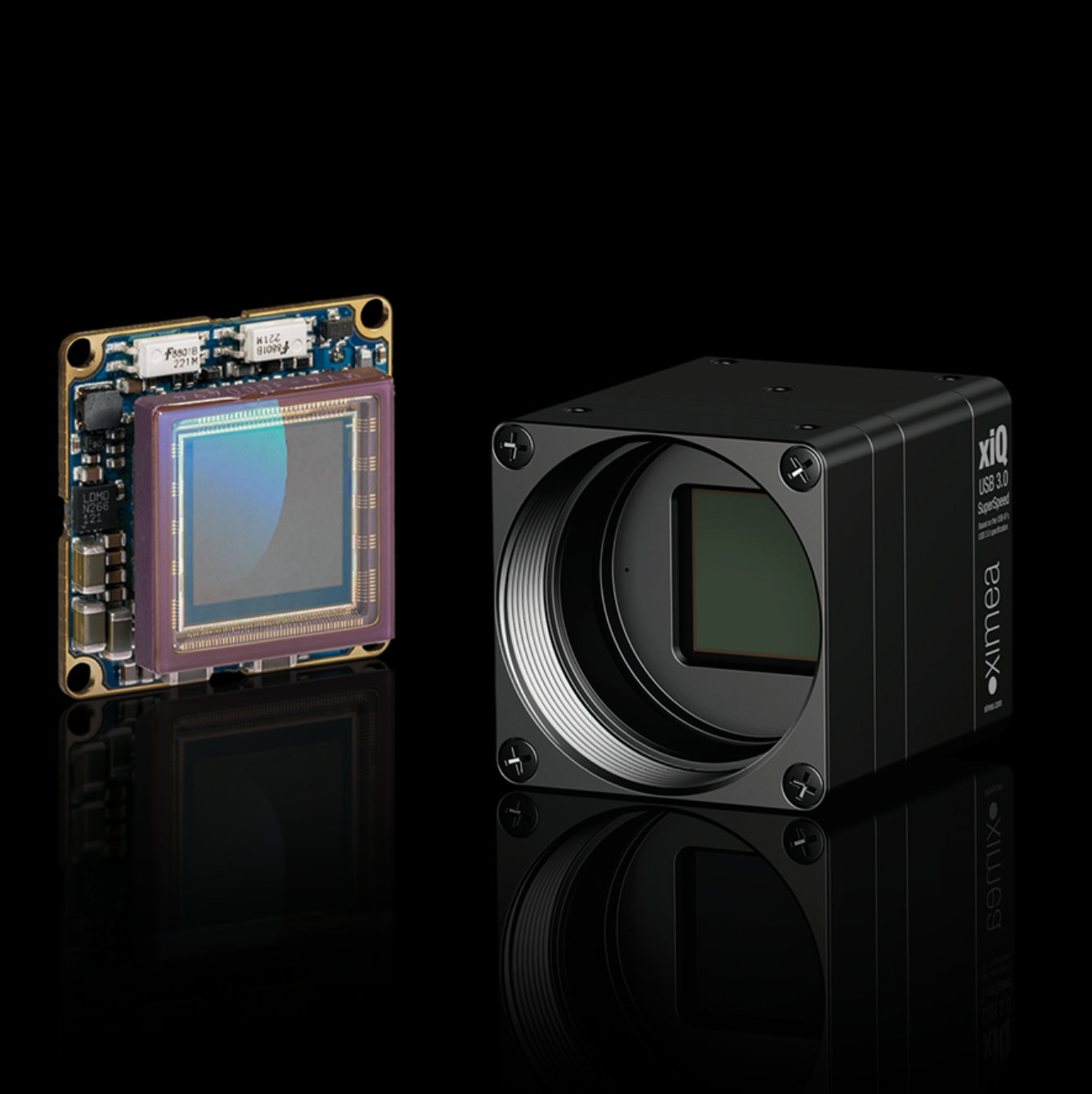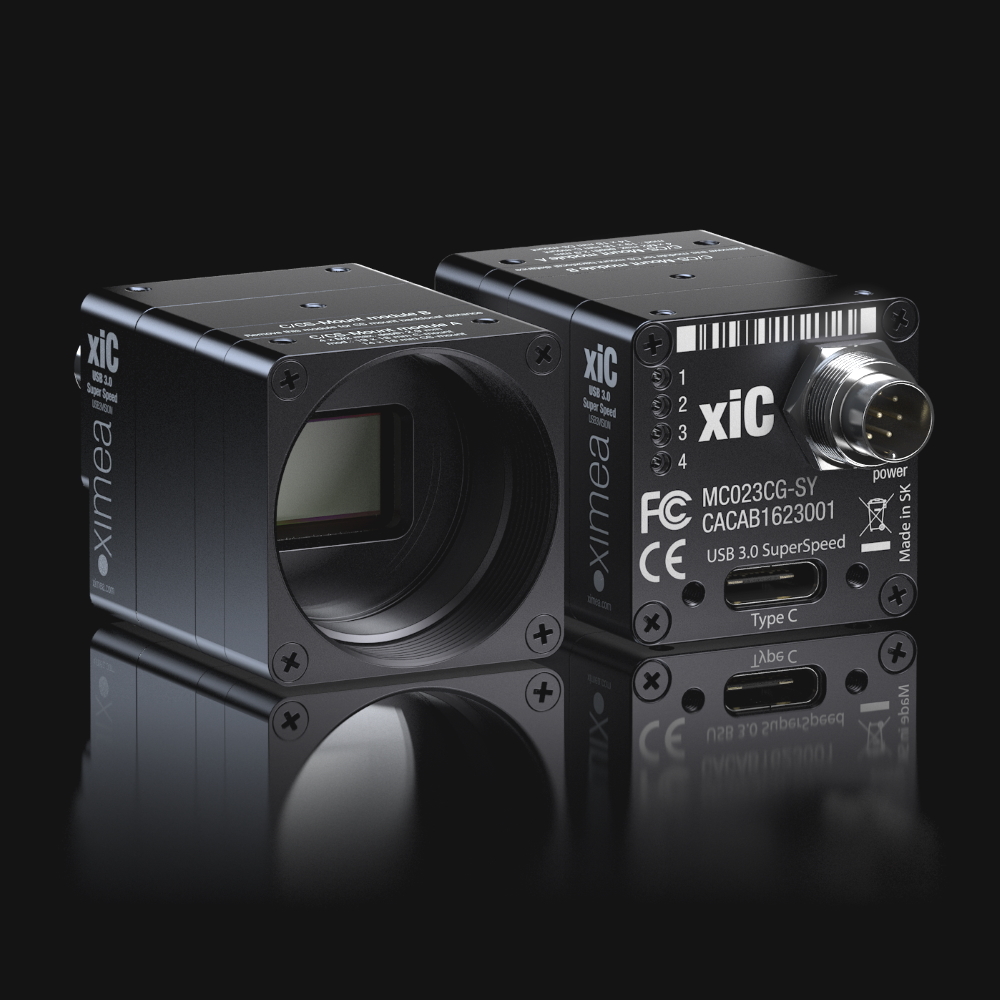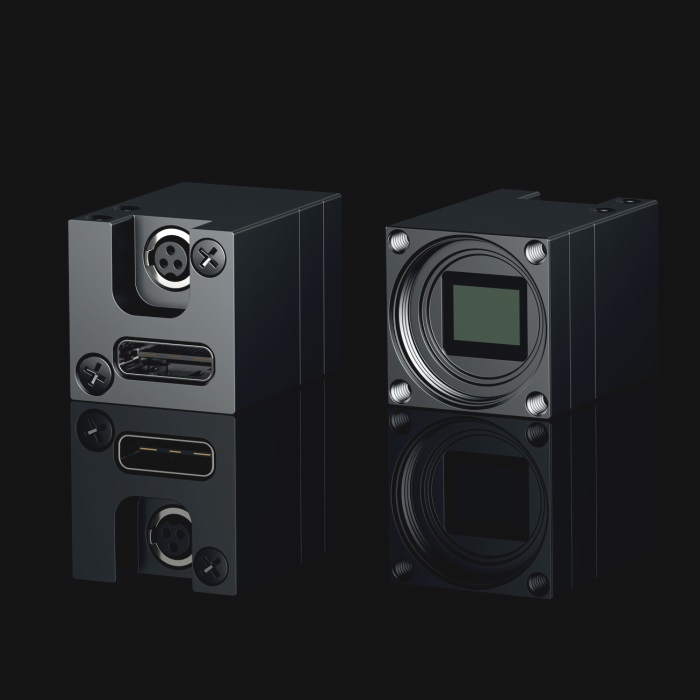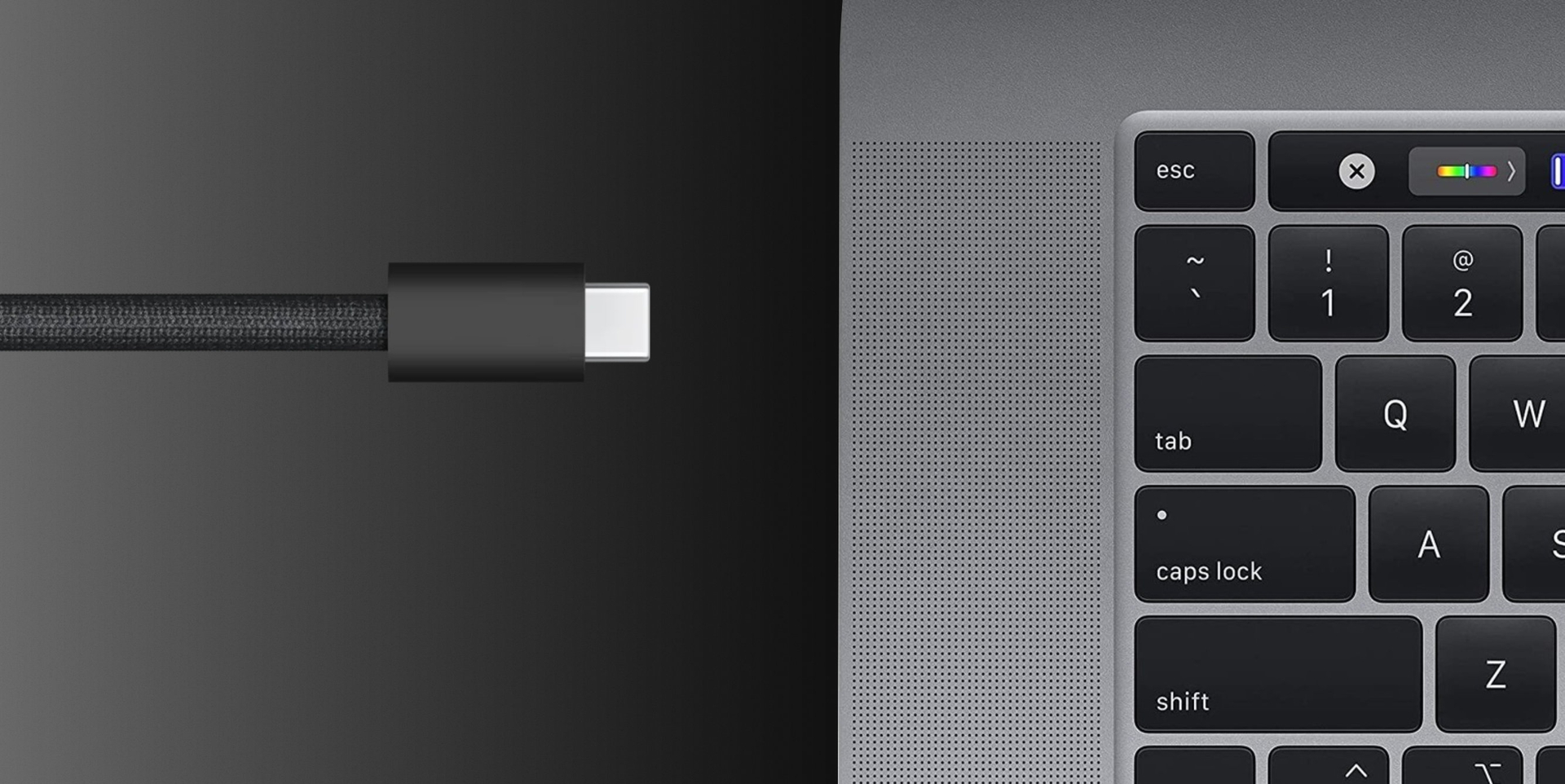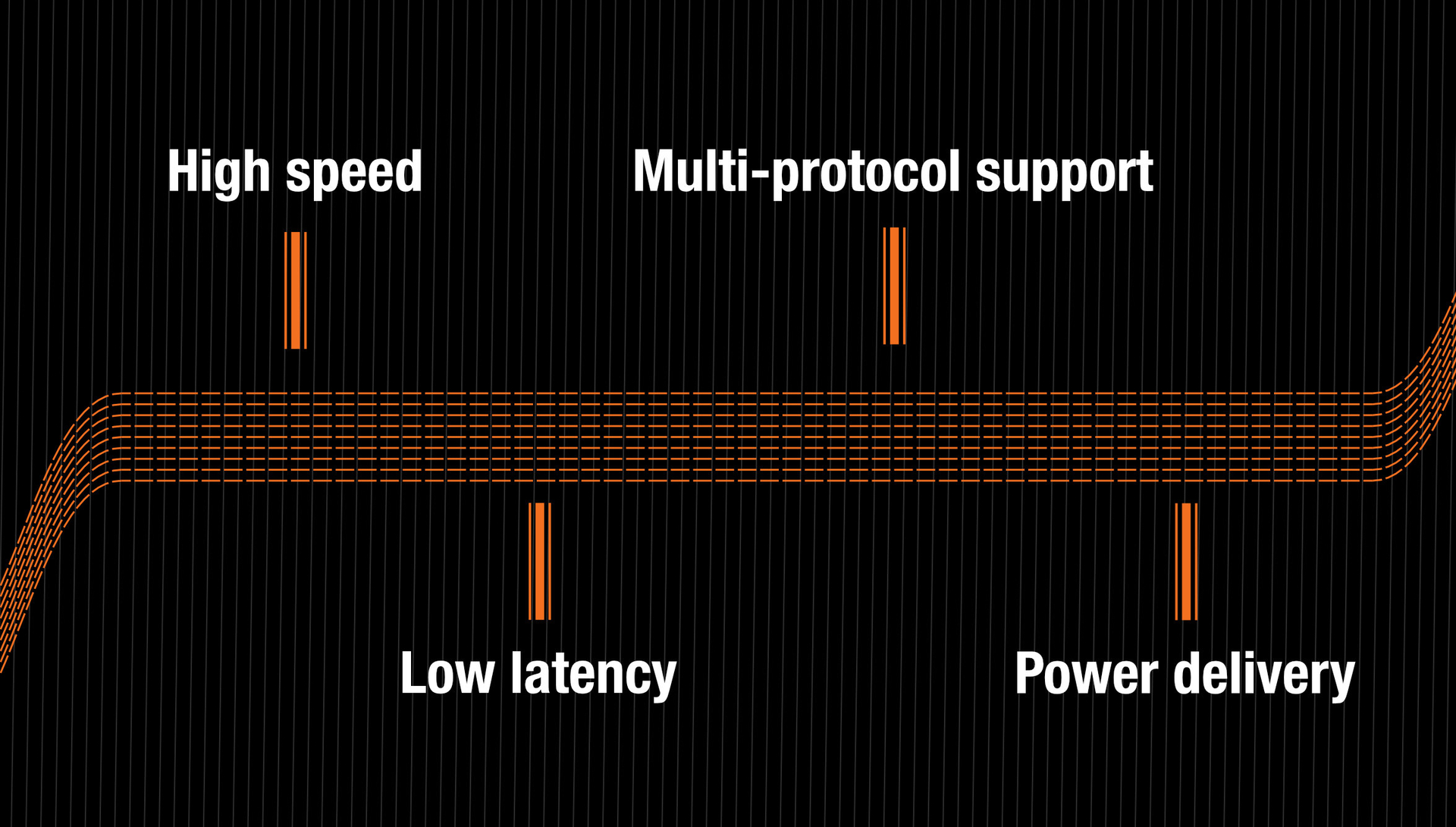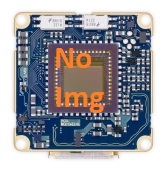
- Home
- Discover
- Our technologies
- USB3
USB cameras: Understanding the tech behind high-speed machine vision
Today’s machine vision systems require great image quality, high-speed performance, industry-grade reliability, scientific-grade accuracy, easy integration, and cost efficiency. USB camera technology offers all these advantages in a simple and elegant package. Whether you’re using USB2, USB3, or coming up toward USB4, knowing how they work and differ is important. USB3 Vision adds an extra layer of standardization, making high‑performance imaging more accessible and robust.
Leveraging the high-bandwidth imaging capabilities of the USB 3.0 interface, USB3 cameras have become a top choice for engineers and system integrators who require plug-and-play simplicity without compromising speed, precision, or reliability. With a single cable for both power and data, and a robust standard ensuring broad compatibility, USB3 strikes the perfect balance for industrial imaging, such as optical quality control, factory automation, and scientific research.
This guide provides a detailed overview of USB3, including how it works, why it’s ideal for modern high-speed machine vision applications, and how XIMEA’s USB3 camera families xiQ, xiC, and xiMU meet the demands of cutting-edge projects in automation, robotics, research, microscopy, and beyond.
Decoding USB 2.0, 3.0, 3.1, 3.2, and 4
The USB (Universal Serial Bus) interface is popular in machine vision because it combines power and data over a single cable. Its evolving standards offer different performance levels depending on your imaging needs.
-
USB2.0 offers data rates up to ~480 Mbit/s. It’s widely supported and works well for many imaging needs; however, it can become a bottleneck for high-resolution or high frame‑rate use.
-
USB 3.0 (also known as USB3.2 Gen1 or SuperSpeed USB) increases bandwidth drastically (≈ 5 Gbit/s), enabling the fast transfer of large image data, higher frame rates, and faster overall performance.
-
USB 3.2 Gen2 (also known as SuperSpeed USB 10 Gbit/s) Doubles the speed to 10 Gbit/s, making it a strong choice for more demanding applications where faster data transfer is essential.
-
USB 3.2 Gen 2x2 (also known as SuperSpeed USB 20 Gbit/s) & USB4: Take things even further, offering more bandwidth, improved efficiency, better power management, lower latency, if both the host and the camera support these standards.
At XIMEA, we rely on the USB 3.0 standard, because it strikes the best balance between speed, reliability, and broad compatibility. While newer versions exist, USB 3.0 is ideal for most industrial and scientific imaging applications, offering up to 5 Gbit/s of bandwidth, strong ecosystem support, and reduced complexity.
Introducing USB3 Vision
USB3 Vision is an industrial machine vision standard based on the USB 3.0 protocol.
It establishes a universal communication model between cameras and host systems via GenICam, enabling true plug-and-play interoperability across platforms.
Unlike older interfaces, which require frame grabbers or complex setups, USB3 simplifies system design by offering:
-
High data throughput for fast, low-latency imaging
-
Low CPU overhead, freeing resources for AI, analytics, and realtime processing
-
Cross-platform and software-friendly support
-
Standardized control and power delivery over a single cable
Key Specifications:
-
Bandwidth: Up to 5 Gbit/s (SuperSpeed USB)
-
Transfer mode: Bulk transfer for consistent high-speed image streams
-
Power delivery: Up to 4.5 W via USB (bus-powered)
-
Compliance: GenICam XML files for standardized integration
Thanks to these features, USB3 Vision enables quick setup in settings such as factory automation, embedded systems, medical imaging, and scientific research.
Why USB3 for machine vision systems?
USB3 cameras and USB3 Vision have become a cornerstone of industry-grade and scientific-grade imaging because they combine high bandwidth, low latency, and simple integration into a single interface.
Engineers can rely on the real-world throughput of up to 450 MB/s offered by SuperSpeed USB for demanding applications such as optical quality control on production lines. This allows them to capture high-resolution images at high frame rates without missing defects due to dropped frames. In research environments, scientists value the plug-and-play design and GenICam compliance, which make it easier to connect scientific-grade cameras directly to standard PCs for applications such as microscopy, microfluidics, and life-science imaging.
Unlike legacy interfaces, USB3 requires no frame grabbers and consumes less power, making it ideal for compact setups such as robotics and embedded vision platforms.
While many USB3 cameras adhere to the USB3 Vision standard, some high-performance models - like select USB3 cameras from XIMEA - opt for a different approach. Rather than using the standard protocol, these cameras rely on a proprietary software development kit (SDK) to unlock greater speed, lower latency, and more control. This approach enables manufacturers to bypass the additional overhead that come with strict compliance, resulting in reduced CPU load, direct sensor setting access, and precise streaming and synchronization control.
For advanced users and system integrators, this means a leaner, faster image pipeline—ideal for applications where every millisecond counts. Whether you're building real-time inspection systems, working on embedded platforms, or capturing high-speed scientific data, this added flexibility can make all the difference.
XIMEA’s USB3 camera families demonstrate the flexibility and power that this interface offers:
The xiQ series delivers compact high-speed performance with global shutter sensors that eliminate rolling shutter distortion during fast motion. This makes the series ideal for automation and robotics.
The xiC series , meanwhile, integrates Sony Pregius CMOS sensors for industry-grade quality control in electronics inspection and microscopy.
The xiMU series, the world’s smallest industrial USB3 camera at just 15 x 15 mm to 17 x 17 mm, proves that USB3 with a Type-C connector can scale down to ultra-miniature form factors without sacrificing reliability, making it ideal for embedded or UAV systems where size and weight are critical.
This combination of scientific accuracy and industrial robustness is why USB3 remains one of the most versatile interfaces for modern machine vision systems.
USB3 vs. other interfaces
When choosing a vision interface, it’s important to compare USB3 against alternatives like GigE, Camera Link, CoaXPress or PCIe:
|
Interface |
Maximum bandwidth |
Cable length |
Frame grabber required |
Ideal for |
|---|---|---|---|---|
| USB 3.0 |
~ 5 Gbit/s |
5 - 20 m |
No |
General industrial / |
| GigE |
~ 1 Gbit/s (up to 10 Gbit/s with 10GigE) |
Up to 100 m |
No |
Long-distance setups |
| Camera Link |
Up to 6.8 Gbit/s |
Up to 10 m |
Yes |
High-speed scientific imaging |
| CoaXPress |
6.25 - 25+ Gbit/s |
Up to 40 m |
Yes |
Ultra-high-speed, |
| PCIe (direct) |
10 - 64+ Gbit/s |
Short / internal |
No |
Zero-latency, |
USB3 hits a sweet spot: fast, flexible, and frame-grabber-free. For more demanding setups, PCIe-based solutions (like XIMEA’s PCIe cameras) offer even higher speeds via direct motherboard access.
How will your application benefit from USB 3.0 cameras?
The USB 3.0 Vision standard provides cost-effective, scalable solutions that integrate easily into your software and hardware environment.
USB 3.0 cameras offer real-world benefits for many use cases and are already transforming diverse fields:
-
In factory automation, xiQ models provide high-speed inspection of packaging and labeling with optical quality control precision.
-
In biomedical research, xiC cameras stream full-HD microscope imagery with scientific-grade clarity, ideal for live observation.
-
In robotics and embedded systems, xiMU units enable lightweight, low-power integration into drones and portable devices.
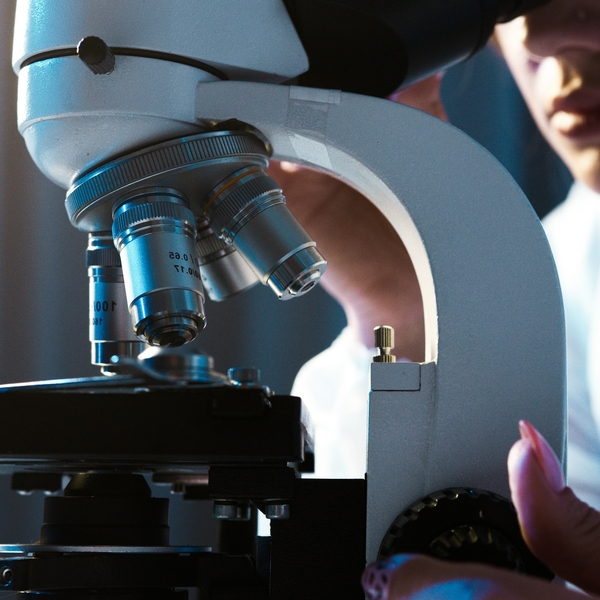
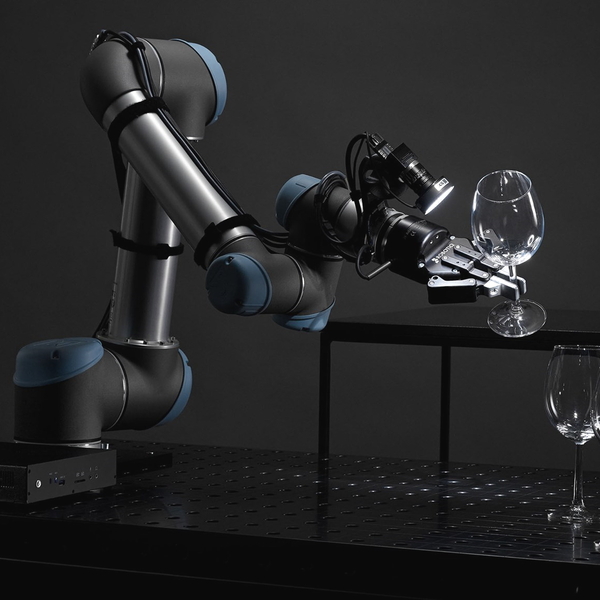
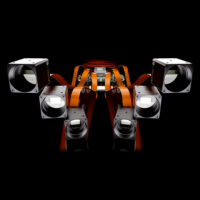
Speed, simplicity, scalability - XIMEA’s USB3 camera lineup
If you're building a modern vision system, USB3 provides an ideal combination of speed, simplicity, and scalability. With up to 5 Gbit/s of bandwidth, low latency, and plug-and-play operation, USB3 reduces the barriers to entry for high-performance imaging.
Whether you're developing for industrial automation, embedded vision, or scientific applications, XIMEA offers a portfolio of USB3 cameras tailored to your needs:
-
xiQ – High-speed performance in a compact form ideal for optical quality control, robotics, and traffic systems, with global shutter CMOS sensors delivering blur-free images even at 500 FPS.
-
xiC – Versatile image quality with Sony CMOS offering scientific-grade precision and high resolution for applications like PCB inspection, microscopy, and quality control.
-
xiMU – The world’s smallest USB3 industrial cameras a breakthrough in miniaturization, with a footprint down to 15 x 15 mm and <1 W power draw, perfect for embedded vision, UAVs, AR/VR, and wearable devices.
With extensive SDK support, reliable hardware, and deep compliance with industry standards such as GenICam and USB3 Vision, XIMEA empowers you to build smarter, faster, and more efficient vision solutions - today and in the future.
xiQ series - Compact, high-speed performance
XIMEA’s ultra-compact xiQ cameras (26.4 × 26.4 × 26 mm) are designed for high-speed industrial imaging. Their global shutter CMOS sensors enable blur-free imaging, even in fast-moving environments.
Fully compliant with the USB3 Vision standard, the xiQ series ensures seamless integration with third-party software and hardware, enabling fast, reliable data transfer and simplified system development.
Key features:
-
Resolutions from VGA to 4 Mpix
-
Frame rates up to 500 FPS (at lower resolutions)
-
Full USB3 Vision compliance
Key applications:
-
Factory automation
-
Robotics
-
Traffic systems
xiC - High-resolution imaging
The xiC family combines XIMEA’s engineering precision with Sony’s Pregius global shutter CMOS sensors, delivering exceptional image quality in a compact design.
Engineered to meet the USB3 Vision standard, the xiC series ensures broad compatibility, fast data transfer, and streamlined integration for efficient system deployment.
Key features:
-
Ultra-compact, low‑power design
-
Sony Pregius global shutter CMOS sensors
-
Full USB3 Vision compliance
Key applications:
-
PCB inspection
-
microscopy
-
quality control
xiMU series - World’s smallest USB3 camera (requires XIMEA SDK)
The xiMU series features the world’s smallest industrial USB3 cameras, with housing sizes down to just 15 × 15 mm. Weighing under 5 grams and consuming less than 1 watt, they still support resolutions of up to 20 Mpix despite their miniature footprint.
Please note:
The xiMU series requires the XIMEA SDK for operation and integration.
Key Features:
-
Ultra-compact form factor
-
High-resolution CMOS sensors
-
Low power consumption
Key applications:
-
Embedded systems
-
AR/VR
-
UAVs
-
Wearables
Get to know XIMEA’s USB3 camera series in video
Want a deeper dive? Check out our videos:
Choosing the right USB3 camera
Selecting the right USB3 camera depends on your specific imaging needs, the type og machine vision systems you are building, and the level of detail or speed required. Here's a breakdown to help guide your decision:
Resolution and frame rate considerations
-
For high-speed industrial applications, choose a lower-resolution sensor to achieve extremely high frame rates (for example, the xiQ VGA model at up to 500 FPS, ideal for optical quality control on fast production lines).
-
For detail-rich scientific-grade tasks, opt for higher megapixel sensors such as the xiMU 19 Mpix camera, which balances resolution and compact size for applications such as microscopy, inspection, or embedded research systems.
Global vs. rolling shutter
-
A global shutter USB3 camera is the right choice for capturing fast-moving objects without distortion, which is crucial for applications such as automation, robotics, and traffic monitoring (all XIMEA xiC and xiQ cameras use global shutter CMOS sensors).
-
A rolling shutter sensor can offer higher sensitivity and lower noise in static or slower-paced imaging scenarios, such as document scanning or low-light observation.
Form factor and integration
-
In tight spaces or embedded vision projects, the xiMU series – the world’s smallest USB3 industrial cameras – is ideal thanks to its footprint down to 15 × 15 mm and <1 W power consumption.
-
For board-level or OEM integration, the xiQ series offers compact modules that fit directly into embedded systems, UAVs, or robotics platforms.
-
For high-accuracy lab environments and scientific-grade imaging, the xiC family equipped with Sony Pregius CMOS sensors and C/CS-mount lenses delivers superior image quality and seamless software integration.
Additional considerations
When selecting a USB3 camera, also consider the following:
-
Interface bandwidth and scalability (up to 5 Gbit/s per port allows for multi-camera setups in automation applications).
-
Industrial-grade reliability (locking connectors, heat management, compliance with USB3 Vision and GenICam standards).
-
Software ecosystem (compatibility with HALCON, LabVIEW, and Python/OpenCV via the XIMEA SDK).
Carefully balancing speed, resolution, shutter type, and form factor, allows you to choose a XIMEA USB3 camera that precisely matches the needs of automation, optical quality control, robotics, or scientific imaging projects.
Need help? Contact our Technical Sales team, and we will help you find the perfect camera for your needs.
Setting up a USB3 vision system
To achieve optimal performance of your USB3 cameras, it is essential to follow a set of best practices that guarantee stability, speed, and compatibility throughout your machine vision system. Whether you are working in industrial automation, robotics, scientific-grade imaging or personal projects, proper setup makes the difference between smooth operation and frustrating bottlenecks.
-
Use certified USB3 cables (locking, shielded)
-
Avoid bandwidth overload (plan for ~350 MB/s per camera)
-
Check power supply (especially for bus-powered devices)
-
Install drivers properly using XIMEA's SDK
-
Use recommended software tools like HALCON, LabVIEW, python/openCV, or XIMEA SDK
-
Manage heat in high-load or enclosed systems
The future of USB3 in machine vision
USB3 continues to evolve, with newer protocols pushing its potential even further:
-
USB 3.2 Gen2 (10 Gbit/s)
-
USB 3.2 2x2 / USB4
-
Active optical USB extenders (up to 100 m)
XIMEA’s R&D ensures compatibility with emerging standards, giving you future-proof imaging solutions.

